Climate and bioenergy
A great deal of SLU's research is connected to bioenergy and climate issues. SLU's Environmental Monitoring and Assessment programme Climate supports efforts to achieve the Swedish Reduced climate impact environmental objective. Priority is now given to Sweden's international climate reporting.
Ph.D. course
A PhD course in the Krycklan catchment September 19-25, 2024. ‘Watershed Ecology and Biogeochemistry’ addresses the foundational concepts and modern challenges within the broad field of watershed

Wood use and size of living area in future housing crucial for climate change mitigation
Substituting concrete with wood in multi-family housing construction will benefit the climate as long as our living area does not increase. Cross-laminated timber frame enables taller buildings but
Reading list 2024
Thursday, Sept 19. Fundamentals of watershed science Borman and Likens. (1967). Nutrient Cycling. Science. 155 no. 3761 pp. 424-429 Laudon, H. and Sponseller, RA (2018). How landscape organization
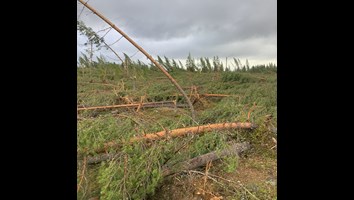
Wind damages expected to increase in a warmer climate
In spite of elks, spruce beetles and pathogenic fungi, wind is probably the largest cause of economic loss for European forestry. A number of reports in recent years investigates how the risk of wind
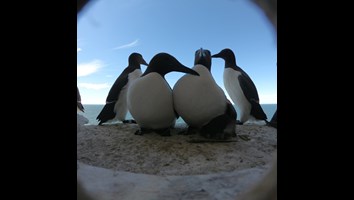
Common murres and heatwaves
More extreme and prolonged heat waves can cause seabirds to lose their eggs and chicks. Many species of seabirds nest during the hottest summer months, exposed on rocks and beaches. This renders them
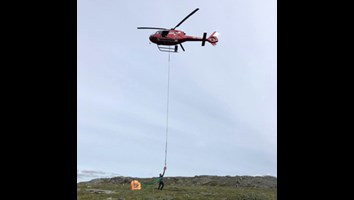
Moving around soil in an arctic mountain landscape to study microbe-soil fauna interactions
A square meter of arctic tundra soil can contain over a million soil animals and uncountable numbers of bacteria and fungal hyphae. These soil organisms are omnipresent, are tremendously diverse and
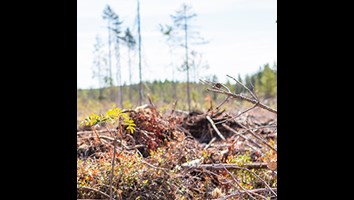
New knowledge on phosphorus in forest soils and the benefits of wood ash fertilization
Whole-tree harvesting for biofuel production and natural phenomena such as weathering and podzolization, affect soil nutrient availability for tree uptake. A new doctoral thesis reveals new knowledge
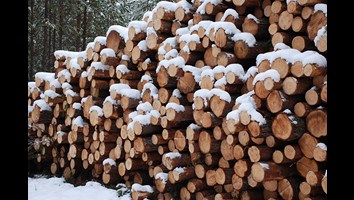
Difficult to reach consensus on how climate-smart it is to manage forests
Should harvesting Swedish of forests increase or decrease for the sake of the climate? That is a question several scientific studies in recent years have examined. However, these studies came to
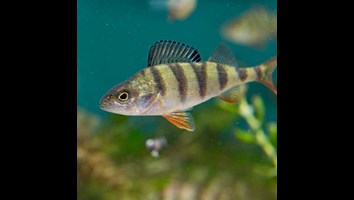
Helcom klimatrapport
Warmer water and less ice, but also fewer seals and more perch. These are some of the climate effects that we may see more of in the future. About a hundred researchers have contributed to a summary
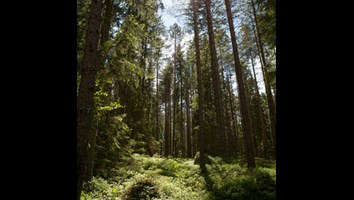
Environmental analysis data as a basis for research on large-scale changes in woodland vegetation
Numbers are down for the forest’s blueberry bushes and up for herbs such as sorrel and several fern species. Using long data series from the permanent areas of the Swedish National Forest Inventory,
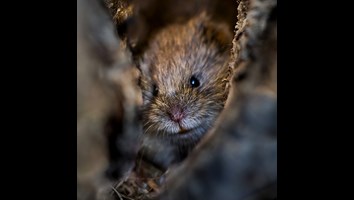
zoonoses hantavirus infection
Diseases spread between animals and humans, so called zoonoses, are an increasing threat to public health. The recent outbreak of covid-19 caused by the coronavirus SARS-CoV-2 is one such example.

Anaerobic microbes
At SLU, we have a globally unique knowledge of anaerobic microorganisms, such as how to use them in various systems and create new products. According to Anna Schnürer, contact for the SLU Biogas
